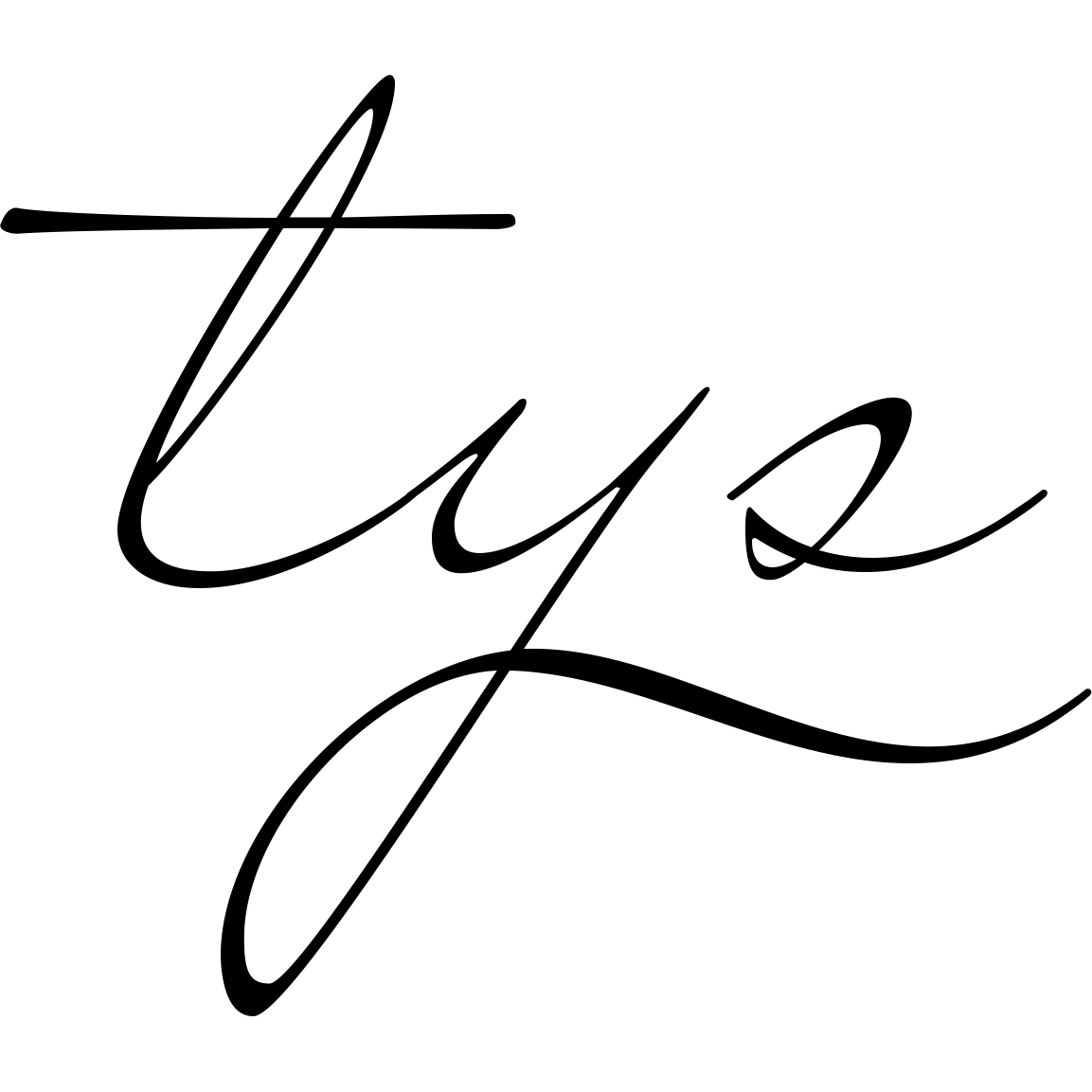The First Nude Photograph: A Historical Perspective

The history of nude photography dates back to the early days of the photographic medium itself. Among the pioneers who ventured into this controversial yet artistically significant territory, Félix-Jacques Antoine Moulin and Joseph-Philibert Girault de Prangey stand out. These early photographers laid the groundwork for what would become a major genre in both art and commercial photography.
Félix-Jacques Antoine Moulin
Early Life and Career Félix-Jacques Antoine Moulin (1802-1875) was a prominent French photographer known for his work in the mid-19th century. Moulin operated a successful photography studio in Paris and became famous for his nude studies, which were both artistically compelling and commercially successful. His work captured the aesthetic and sensual qualities of the human form, often in ways that pushed the boundaries of societal norms of the time.

Artistic Contributions Moulin’s photographs were celebrated for their technical excellence and artistic composition. He often depicted his subjects in classical poses, drawing inspiration from ancient Greek and Roman art. His ability to blend artistry with realism made his work highly sought after. However, the explicit nature of his photographs also led to controversy. In 1851, Moulin's studio was raided, and he was briefly imprisoned for producing "obscene" images. Despite this setback, his work continued to influence the field of nude photography.

Joseph-Philibert Girault de Prangey
Pioneering Efforts Joseph-Philibert Girault de Prangey (1804-1892) was another significant figure in the early history of nude photography. An archaeologist and photographer, Girault de Prangey is best known for his daguerreotypes, an early photographic process that produced highly detailed images on silvered copper plates.
https://www.artforum.com/wp-content/uploads/2019/05/article00_large-49.jpg?resize=1000,791
The First Nude Photograph One of Girault de Prangey's most notable contributions is believed to be one of the earliest nude photographs, titled "La Négresse" (The Black Woman), taken in 1839. This image, which depicts a partially nude woman, is a significant milestone in the history of photography. It exemplifies the scientific and artistic curiosity that drove early photographers to explore the capabilities of this new medium.
The Evolution of Nude Photography
Artistic and Scientific Motivations The motivations behind early nude photography were varied. On one hand, there was a strong artistic drive to capture the beauty and form of the human body, drawing on traditions from painting and sculpture. On the other hand, there was also a scientific interest in using photography to study human anatomy and movement.
Controversy and Acceptance From its inception, nude photography has been a contentious subject. Early photographers like Moulin and Girault de Prangey faced legal and societal challenges due to the explicit nature of their work. However, their persistence helped pave the way for broader acceptance of the genre. Over time, nude photography has come to be recognized as a legitimate and important form of artistic expression.
Legacy and Impact The pioneering work of Félix-Jacques Antoine Moulin and Joseph-Philibert Girault de Prangey set the stage for future generations of photographers. Their willingness to explore the nude form through the lens of a camera challenged societal norms and expanded the possibilities of photographic art. Today, nude photography continues to be a vital and dynamic field, with contemporary photographers building on the foundations laid by these early innovators.
The first nude photographs by Félix-Jacques Antoine Moulin and Joseph-Philibert Girault de Prangey represent more than just the origins of a photographic genre. They embody the spirit of innovation and artistic exploration that characterized the early days of photography. These images remind us of the enduring power of the human form as a subject of artistic expression and the importance of challenging conventions to expand the boundaries of art.




